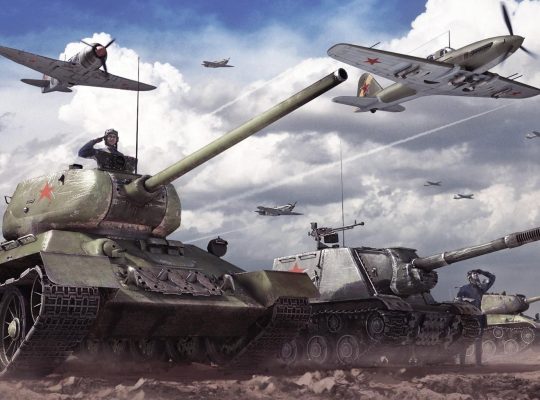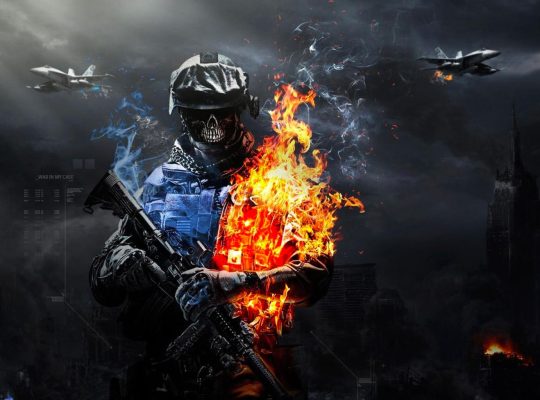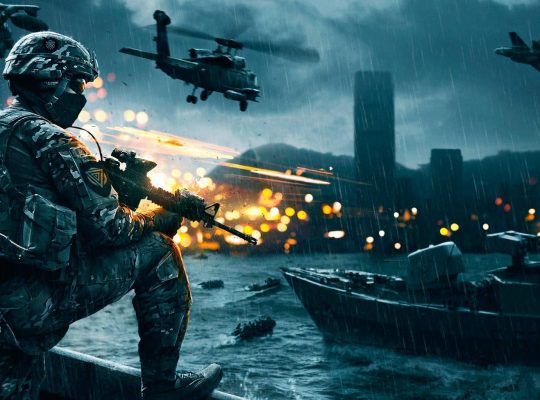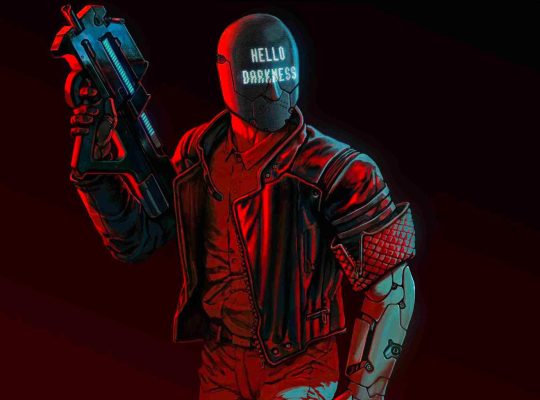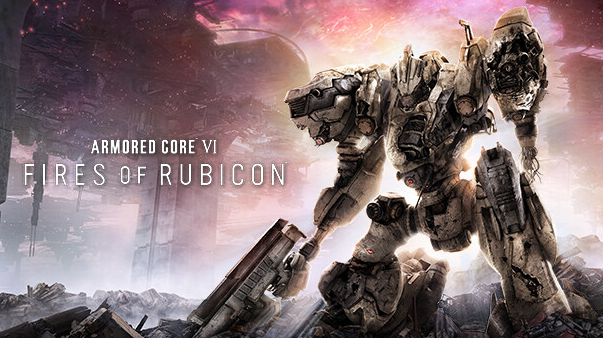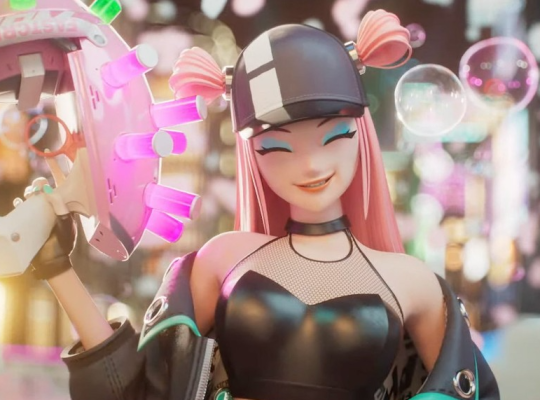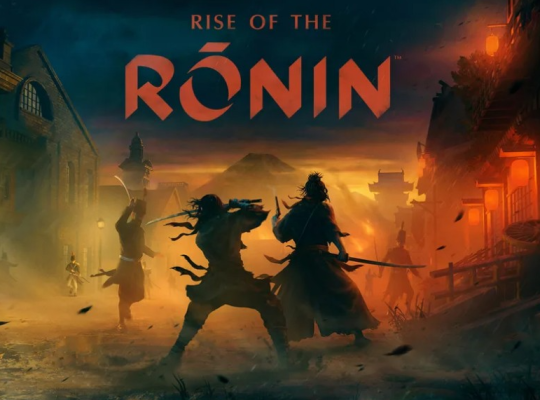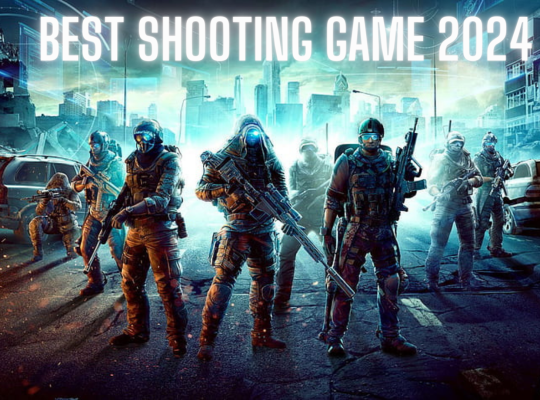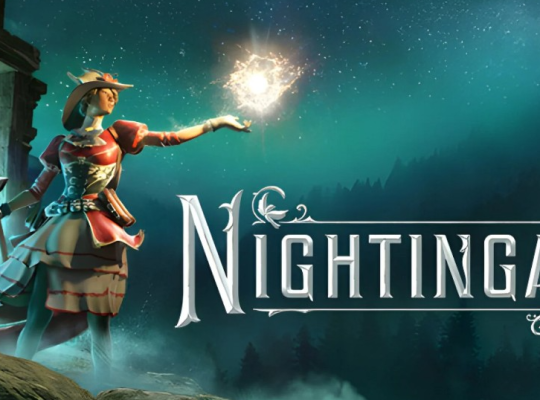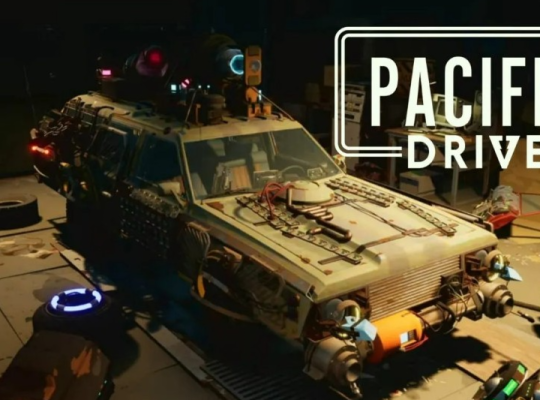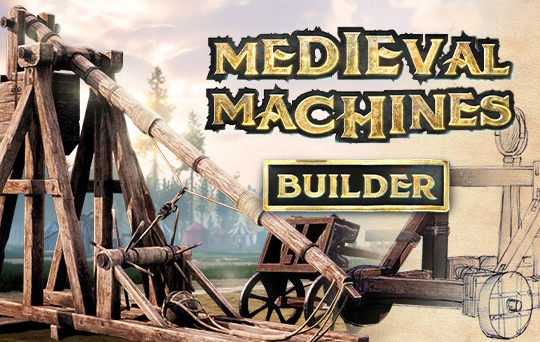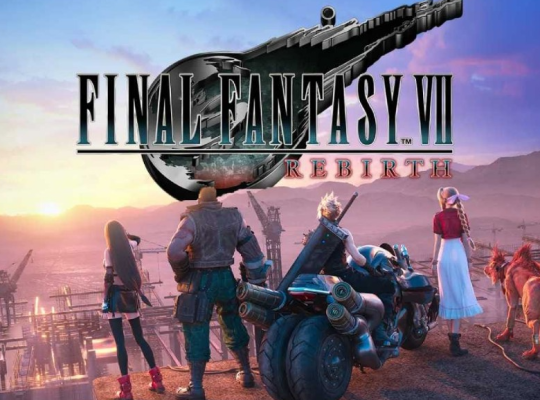Armored Core VI, precision is paramount as players navigate the intricate dance of simultaneous movement and gunfire. The game’s demanding tactics thrust players into a whirlwind of executing multiple actions concurrently, often necessitating swift and seamless chaining. Though outcomes may occasionally veer into chaos, the prevailing sensation is a heady mix of exhilaration and exhaustion.
A profound sense of betrayal lingered as the credits rolled on Armored Core VI. The protagonist, standing atop a colossal aircraft carrier city in a far-flung star system, grapples with the aftermath of brutal conflicts that predate their arrival and will persist long after their departure. The loneliness of the journey contrasts with the thrill of overcoming adversities, forging a path that transforms the character into a formidable force, surpassing all who dared obstruct their way. Armored Core VI emerges as a truly distinctive experience, marking a departure from familiar gaming landscapes.
Since its inception on the PS1 in 1997, Armored Core has seen over a dozen iterations, expansions, and spin-offs. Each installment tinkered with the core formula, oscillating between accelerated and decelerated action, delving into or pulling back from its sci-fi dystopian lore, and emphasizing either single-player campaigns or doubling down on online multiplayer. In the Western gaming sphere, the series has often been met with a blend of reluctant admiration and curious detachment. Armored Core VI, however, stands as a testament to the series’ ability to reinvent itself, offering a gaming experience that defies comparison and delivers a fresh, invigorating encounter not witnessed in the gaming landscape for a considerable span.
GET IN THE ROBOT: ARMORED CORE VI CONTROLS
Upon diving into Armored Core VI, the swift acclimatization to its controls stood out as an immediate and appreciable feature. The intuitive layout facilitated a seamless understanding: right and left triggers commanded corresponding arm weapons, while bumpers unleashed shoulder weapons. X facilitated jumps, square-initiated dodges, circle-activated booster jets, left stick click propelled into a sprint-like assault burst, and right stick click toggled lock-on modes.
Noteworthy among the discourse from seasoned Armored Core enthusiasts is the contentious introduction of a hard lock-on system. Critics argue that it potentially diminishes the skill ceiling, yet From Software appears to have delicately balanced this addition. The targeting-assist mode, when enabled, ensures the camera remains fixed on a specific target, albeit at the cost of diminished shot accuracy.
Armored Core VI This introduces a dynamic trade-off, prompting players to toggle between modes strategically. For instance, engaging targeting-assist keeps the camera steady when tracking a nimble boss, and then seamlessly switches to manual aiming for precision during counter-attacks. The implementation of a hard lock-on system not only enhances player control but also sets the stage for intense and dynamic boss encounters, alleviating potential frustration tied to losing sight of formidable adversaries.
In navigating this equilibrium, Armored Core VI’s controls not only cater to adept players seeking nuanced strategies but also accommodate those new to the franchise. The versatility afforded by the dual lock-on modes adds layers to the gameplay experience, offering a multifaceted approach to tackling diverse challenges within the mecha-driven landscape.
FIRE AND FURY: ARMORED CORE VI’S INTERGALACTIC SAGA
In the expansive tapestry of Armored Core VI, the narrative unfurls against the backdrop of a distant future where human dominion spans multiple stellar systems, weaving civilizations across diverse planets. The stage for this sixth installment is set on the planet Rubicon 3, scarred by the cataclysmic “Fires of Ibis.” This devastating event, triggered by the extraction of the potent energy source known as “Coral,” ravaged the planet, leaving it engulfed in unyielding flames.
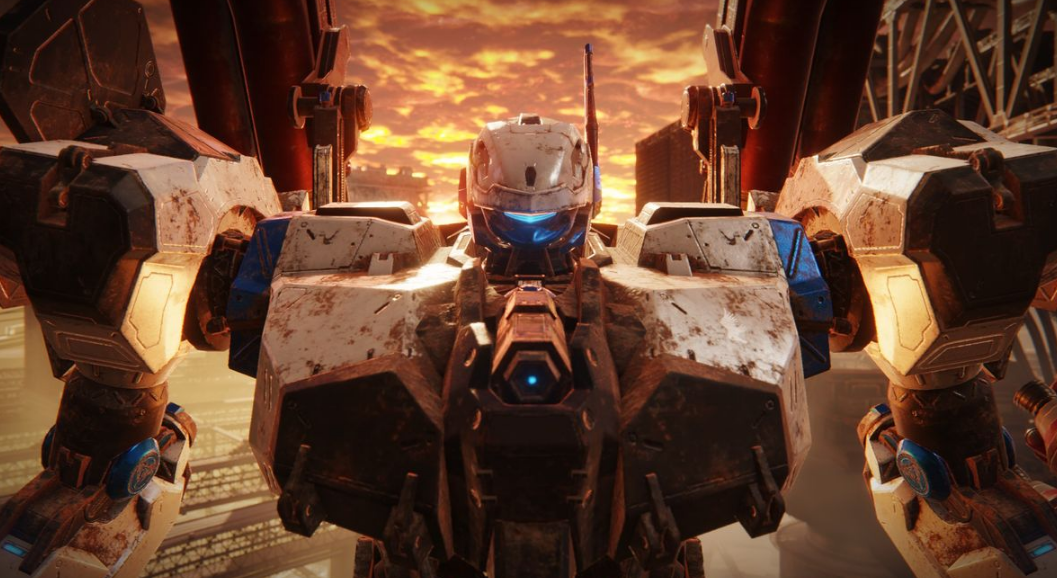
The allure of Coral’s potential spurred competing corporations to dispatch mercenaries, tasked with overcoming local resistance and seizing control of this coveted resource by any means necessary. The protagonist, an augmented human identified as “C4–621,” reawakens from stasis aboard a mercenary spacecraft, under the guidance of the enigmatic “Handler” Walter. Bestowed with the mantle of a mercenary pilot, operating a formidable “Armored Core” mech, C4–621 adopts the callsign “Raven” in homage to a fallen comrade.
Armored Core VI Raven’s primary mission unfolds on Rubicon 3, designed to garner attention from two major corporations: Balam Industries and Arquebus Corp. To achieve this, Raven undertakes a series of diverse missions, navigating the intricate web of corporate interests, local resistance embodied by the Rubicon Liberation Front, and a mysterious third faction known as the Planetary Closure Administration.
The narrative progression is predominantly conveyed through dialogues interwoven with the characters of various factions, with Handler Walter serving as the voice for the stoic protagonist, Raven. Strategic choices punctuate the storyline, affording players the agency to influence the unfolding events. In keeping with the signature style of FromSoftware, Armored Core VI branches into three distinct endings, each intricately tied to specific in-game achievements. The narrative tapestry extends further with the inclusion of a New Game Plus option, beckoning players with additional missions and an elusive true ending, enriching the tapestry of Armored Core VI with layers of depth and replayability.
MECH MAYHEM: THE CUSTOMIZABLE CORE OF ARMORED CORE VI
In the inaugural mission, players are seamlessly initiated into the intricacies of movement and combat mechanics, steering a combat mech on a quest to secure a coveted mercenary license. This tutorial mission encompasses exploration, dispatching standard enemies, and culminates in an intense showdown against an aerial juggernaut armed to the teeth.
The accessibility of both movement and combat mechanics in Armored Core VI contributes to a remarkably fluid and intuitive gaming experience. The left and right sticks govern mech movement in all directions, complemented by boost functionality (mapped to circle), a jump feature (mapped to X), and a nimble dodge (mapped to square) for heightened speed and maneuverability.
Armored Core VI Clicking the left stick unleashes an additional speed boost, while the right click activates a precise lock-on mode. Combat proficiency is harnessed through all four trigger buttons, each seamlessly linked to specific equipped weapons, ranging from machine guns and rocket launchers to colossal swords.
Post the inaugural mission, players retreat to their base, a hub for mission acceptance and part shopping. The Mech Customization aspect truly distinguishes itself here. Before embarking on missions, players can tailor their mechs by purchasing diverse parts, with the flexibility to sell them back at the original price at any juncture. This dynamic system encourages experimentation with different builds, catering to the varied demands of missions, whether a defensive stronghold or an agile skirmish.
Armored Core VI Mech parts boast distinct stats, including weight, defense values, and Armor Points (AP), crucial considerations for the synthesis of potent loadouts. The mech’s generator dictates energy capacity, influencing attachment and weapon selections. This meticulous presentation of stats during customization ensures manageability while preserving a layer of strategic depth. The true brilliance of Armored Core VI surfaces as players navigate the intricate world of mech customization, empowering them to forge personalized war machines, whether mighty armored behemoths or nimble, evasive fighters.
ENGAGING ARENAS AND BEYOND: EXPLORING ARMORED CORE VI’S
Armored Core VI doesn’t adopt an open-world structure; instead, missions teleport players to contained areas, offering limited exploration outside their designated tasks. Initial missions serve as a gentle introduction to gameplay, with failure incurring no significant setbacks – death merely results in a return to the latest checkpoint, facilitating easy mission retries, especially for challenging endeavors. The game maintains FromSoftware’s characteristic lack of forgiveness, demanding skill, and adaptation in boss fights.
Parts, integral to mech customization, can be bought and sold, fostering experimentation and enabling players to tailor their mechs for diverse challenges. However, a restriction arises – parts cannot be accessed during missions. Despite missions primarily focusing on eliminating specified enemies, the game’s standout moments arise in battles against colossal adversaries.
Notably, a mission confronts players with a colossal “walker” mech, unleashing devastating energy beams until players disable their legs. Armored Core VI Subsequently, the mission evolves into a perilous climb to target the machine’s energy source, fending off dynamic defenses. These instances showcase the developer’s prowess in crafting captivating set pieces that leave a lasting impact on players
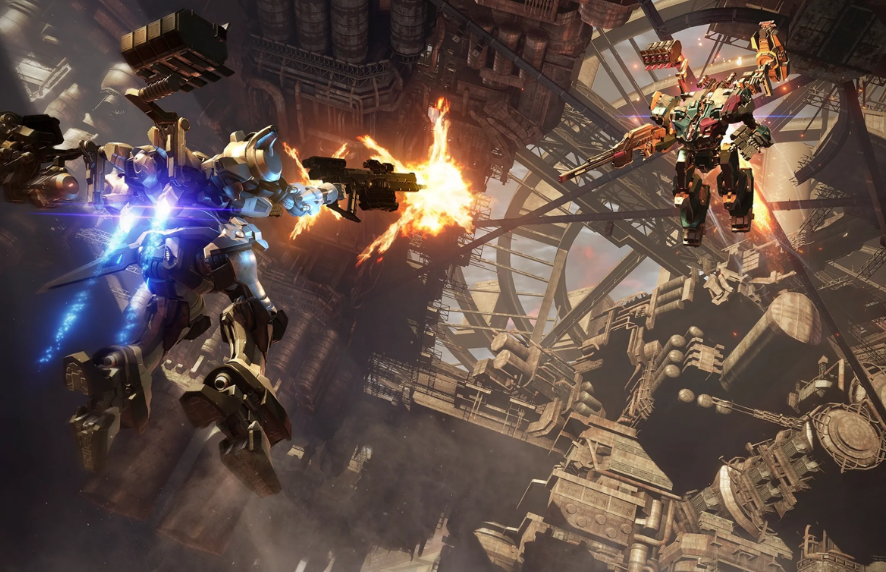
ARMORED CORE VI’S: Grab Your Weapons
Armored Core VI extends beyond its main campaign with additional modes. The training mode introduces extra mechanics, allowing players to experiment with builds and weapons, and rewards them with parts upon completion. The arena mode presents escalating challenges against progressively formidable mechs, offering in-game currency for mech upgrades in the campaign. Finally, a PvP mode provides 1v1 or 3v3 matches, serving as a platform to test players’ skills in competitive battles.
Embracing Mechs: Armored Core 6 – A Haven for Anime Enthusiasts
Armored Core 6 delivers a thrilling experience akin to Top Gun: Maverick, tailored for anime enthusiasts who grew up captivated by Mobile Suit Gundam rather than F-14s. For months to come, I’ll have to resist overtaking Discord chats to delve into the intricacies of these mechs, Armored Core VI reveling in the joy of watching each thruster’s nuanced movement as I gracefully skate across the ground. The visual delights, from hot flames flickering out and turning to steam during still moments to the neon bloom of a plasma blade cleaving through mechs or battleships, are truly a feast for the eyes.
In every FromSoftware game, there’s that one sound effect that becomes my fixation. In Dark Souls, it’s the resounding beam of parrying with a shield—a concussive sound reminiscent of an anti-tank rifle rather than a mere arm swing. Ludicrous as it may be, it perfectly aligns with the idea that the most potent sound effect should accompany a moment of invincibility. Halfway through Armored Core 6, I found my fixation: the DUN-DUN of a Songbirds, a shoulder-mounted cannon unleashing two anti-tank rounds in a devastating burst.
Each shot packs six times the explosive power of a single missile, dealing substantial impact damage that sends heavily armored mechs reeling upon a clean hit. With Songbirds on both shoulders, I could stagger bosses in a single volley—DUN-DUN, DUN-DUN—setting them up for extra damage from my laser blade. This staccato explosion resonated as the death knell for every other mech on Rubicon until the credits rolled.
Technical Triumphs: Frame Rates and Graphics
Adding to the allure of mechs ruling the battlefield, Armored Core 6 stands as FromSoftware’s inaugural PC game supporting frame rates exceeding 60 fps. While lacking some modern PC gaming features like DLSS or FSR upscaling support, the game ran flawlessly on my PC (Intel Core i5-13600K, RTX 3070) with the 120 fps cap, effortlessly surpassing 60 fps and only stuttering when I got too trigger-happy with the Steam screenshot key.
Now, a fair critique might mention that the graphics don’t reach the heights of modern big-budget games, and the presentation is modest compared to titles like Cyberpunk 2077 or Sony’s Spider-Man. However, the meticulous animation of every aspect of the mechs overshadows any concerns about relative simplicity. Armored Core VI Experimenting with Armored Core 6 on the Steam Deck, I achieved a playable 40 to 60 fps by reducing settings to low. Yet, I couldn’t help but lament the loss of the crisp image on my 1440p monitor and the diminished mech details on the smaller screen. The allure of energy weapon flashes and missile trails would lose its impact when squinting at a handheld device.
There should be a line in the credits just for the designer who dialed in the way the killing blow in every mission triggers a slow-motion explosion, stretching that instant into 10 seconds of sheer glory. It stands out as the most crucial decision in the entire design of this video game, encapsulating the essence of Armored Core 6’s exhilarating experience.
Unyielding Challenges and Unexplored Depths in Armored Core 6
For FromSoftware purists, the release of Armored Core VI brings relief as the studio maintains its unyielding approach. Players can revisit missions, aiming for S Ranks by conquering challenges without restarting or relying on resupplies. True to the studio’s legacy, the game boasts formidable difficulty, featuring bosses that demand not just reflexes but a strategic and tinkering mindset.
In the pursuit of perfection, the assembly menu in Armored Core 6 provides detailed stats for each part. However, while facing elite opponents, the lack of nuanced feedback becomes evident. Swapping targeting modules or adjusting energy draws prompts a desire for deeper insights into the impact on crosshair accuracy or boost gauge recharge rates. A training mode akin to Street Fighter 6 could have elevated the experience, allowing players to finely tune their mech designs.
A notable challenge arises with a boss near the end that serves as the epitome of a ‘git gud’ skill check. It becomes a relentless foe, requiring hours of dedication and numerous attempts to overcome. While tough encounters are part of FromSoftware’s DNA, this particular boss feels like an overturned outlier, testing the player’s limits more than encouraging strategic experimentation.
Despite the triumphs in combat and customization, Armored Core 6 falls short in maximizing its atmospheric world. The environments, though visually stunning, lack interactivity beyond a few hidden chests and remnants of lore scattered among wrecked mechs. The game’s lean and focused nature proves to be a strength, but the immersive visual design leaves a sense of underutilization. Armored Core VI The expansive stages, seemingly ripe for exploration, offer little to discover, and the voice guiding the player through battles could have played a more active role in providing insights as they delved into the world’s nooks and crannies.
In its 25-hour journey, Armored Core 6, surprisingly heavier on explicit storytelling than FromSoftware’s renowned RPGs, delivers an experience that, while showcasing the studio’s strengths, leaves room for improvement. The combination of unrelenting difficulty, meticulous customization, and atmospheric design forms a potent concoction. Still, the untapped potential in environmental storytelling and detailed feedback on mech adjustments suggest an avenue for enhancement in future iterations.
Unveiling the Narrative Splendor of Armored Core 6: Where Mechs Reign Supreme
In the realm of Armored Core 6, the narrative takes a front seat, eclipsing the subdued storytelling of its Dark Souls predecessors. The leaders of Rubicon’s corporate mercenary squads inject a palpable in-your-face element, regularly sending voice messages after each sortie to dissect the aftermath of destruction. While the storytelling may carry a hint of cost-cutting through voiceover monologues, the sparse cutscenes emerge as potent, delivering a concentrated dose of mecha fan service and reinforcing the game’s core principle: mechs are undeniably cool.
Within this narrative framework, AC6 thrives on maintaining its unwavering tone reminiscent of the classic Armored Core. Pilots exist solely within the confines of their machines, and human presence is notably absent. Alliances are ephemeral, subject to the whims of corporations vying for Rubicon’s riches. Armored Core VI The game’s ruthless narrative ethos ensures that corporations hiring you to betray former allies becomes a recurrent theme, emphasizing the cutthroat nature of the corporate dystopia.
The branching narrative introduces intriguing choices based on mission selection and, more notably, the targets you choose to eliminate. An insidious twist adds brilliance to the narrative—opting for what seems like the path of least resistance leads to harder battles, tantalizing players with an easier alternative that taunts their decision-making. It’s a masterful stroke that deepens the sense of corporate intrigue and moral ambiguity.
Despite the absence of visual animations accompanying the narrative, the narrative’s strength lies in its ability to stoke the fires of mecha fandom. The story branches in ways that tempt players into subsequent playthroughs, revealing new paths and consequences for their choices.
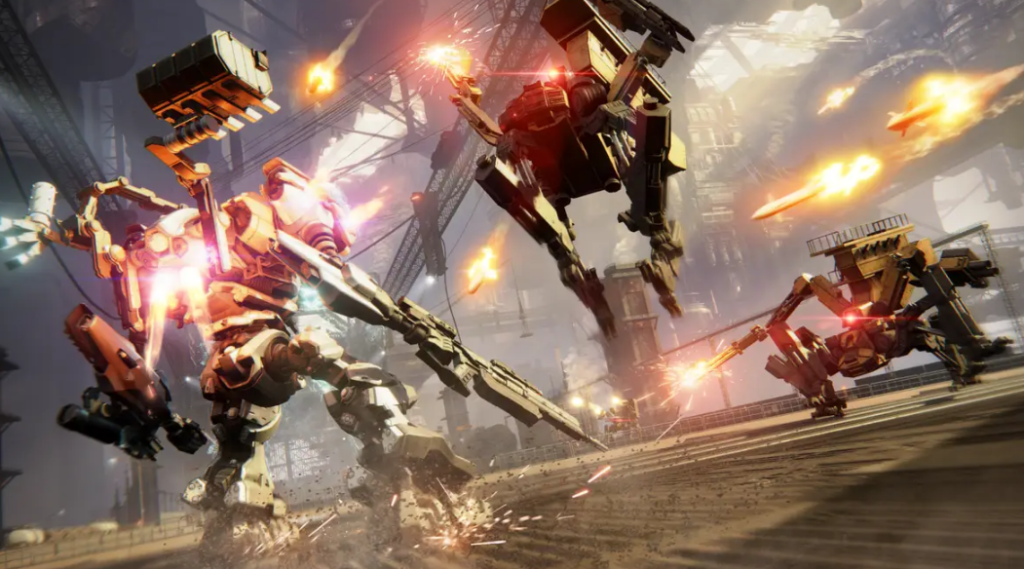
In the course of these virtual exploits, a peculiar sentiment arises. Hours spent forging connections with the voices over the comms elicit a tinge of remorse when tasked with shooting down former allies. Yet, this remorse doesn’t manifest as a moral quandary but rather as the duality of a mercenary’s existence—fulfilling a job, reveling in slow-mo glory kills, all while accumulating wealth to build an even more formidable mech for the next thrilling escapade.
Armored Core is back, and with its return comes a narrative tapestry interwoven with betrayal, tough choices, and the unrelenting pursuit of mechanical superiority. It’s a blessing for enthusiasts of the genre, a resurrection that propels players into a world where the allure of mechs transcends the boundaries of mere gaming.
The Verdict: Armored Core VI
Armored Core VI, my inaugural venture into the series, left an indelible mark. As a devotee of the Souls series, my expectations for creation from one of the industry’s premier developers were lofty, and the game rose to the occasion. The experience swiftly plunges players into action, Armored Core VI delivering one of the most seamless movement and combat systems I’ve encountered. Despite some seemingly straightforward missions, especially those involving enemy elimination, each presents enjoyable challenges that maintain a fair balance.
The game’s standout feature is the capacity to personalize your mech, allowing for a tailored approach to the diverse challenges it presents. Armored Core VI distinguishes itself further through its audiovisual prowess, showcasing meticulously crafted environments and featuring exceptional music and sound design by Kota Hoshino, renowned for his contributions to the Souls games. The primary narrative conduit conveyed primarily through radio messages, stands as the primary drawback. Nevertheless, the game’s overall exceptional quality is undeniable.
Read More – The Texas Chain Saw Massacre Game Review Asymmetrically Awesome


